
Since August 2023, Ms. Lam Cuong's family (Hamlet 8, Nghi Lam) has imported shallot seeds to try planting on a part of the area where they used to grow shallots. By the end of December, her family harvested the shallots.
According to Ms. Lam, the initial trial planting showed that chives are suitable for chive growing soil (loose, humus-rich, sandy, well-drained soil, pH from 6-6.5); less labor-intensive than chives, high yield and long harvest time.
Onions can be grown year-round but there are two main crops; especially planted in September and harvested in January and February. The plants grow well and produce high yields, so the price of onions is higher during the Lunar New Year.

Mr. Nguyen Sy Cuong, a shallot grower in Nghi Lam commune, said: "The growth rate of shallots is faster than that of chives. Planted at the same time as chives, the whole shallot plant can be harvested at the beginning of December, and the bulbs can be harvested at the end of December. Due to the high demand for pickled shallots for Tet, the price of shallots is also quite high."
This season, the whole commune has 5 households spontaneously planting 50kg of shallot seeds imported from Binh Dinh. It is estimated that each sao of shallots will yield about 3-3.5 quintals of fresh tubers. Based on the market price (VND35,000-40,000/kg), each sao will earn VND12-13 million, after deducting expenses, the profit is VND9-10 million.

With the above profits, growing shallots is still more suitable and effective than other crops. Especially in recent years, when shallots are difficult to sell, switching to growing shallots instead is also a direction. However, localities need to calculate specific and reasonable planning to avoid supply exceeding demand, making it difficult to sell.
Source







![[Photo] Cat Ba - Green island paradise](/_next/image?url=https%3A%2F%2Fvphoto.vietnam.vn%2Fthumb%2F1200x675%2Fvietnam%2Fresource%2FIMAGE%2F2025%2F12%2F04%2F1764821844074_ndo_br_1-dcbthienduongxanh638-jpg.webp&w=3840&q=75)
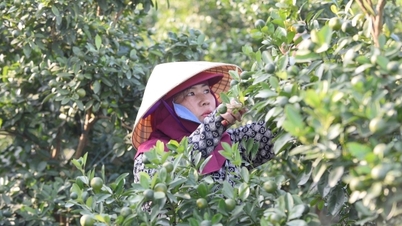



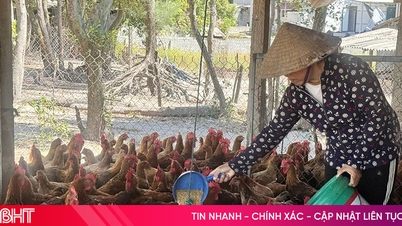





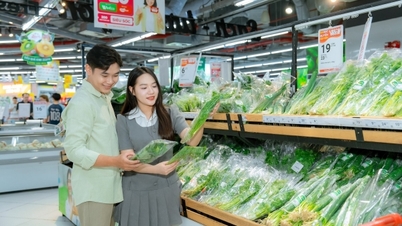
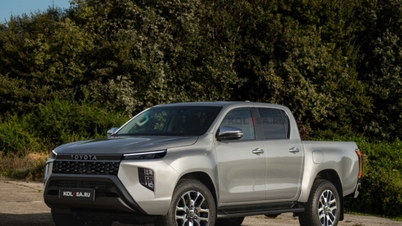












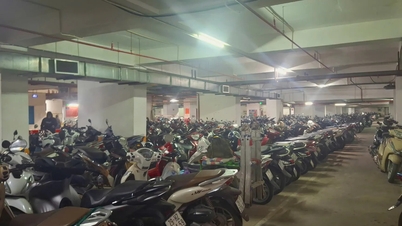








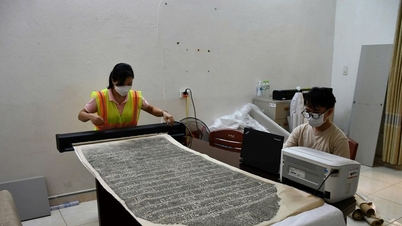






















![[VIMC 40 days of lightning speed] Da Nang Port: Unity - Lightning speed - Breakthrough to the finish line](https://vphoto.vietnam.vn/thumb/402x226/vietnam/resource/IMAGE/2025/12/04/1764833540882_cdn_4-12-25.jpeg)











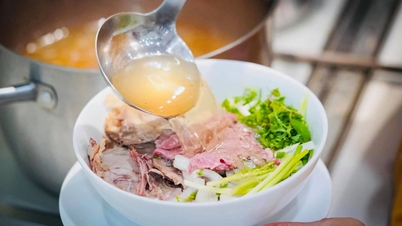












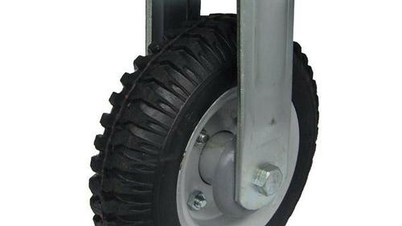









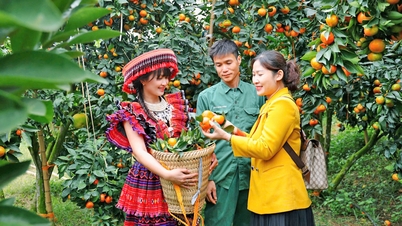

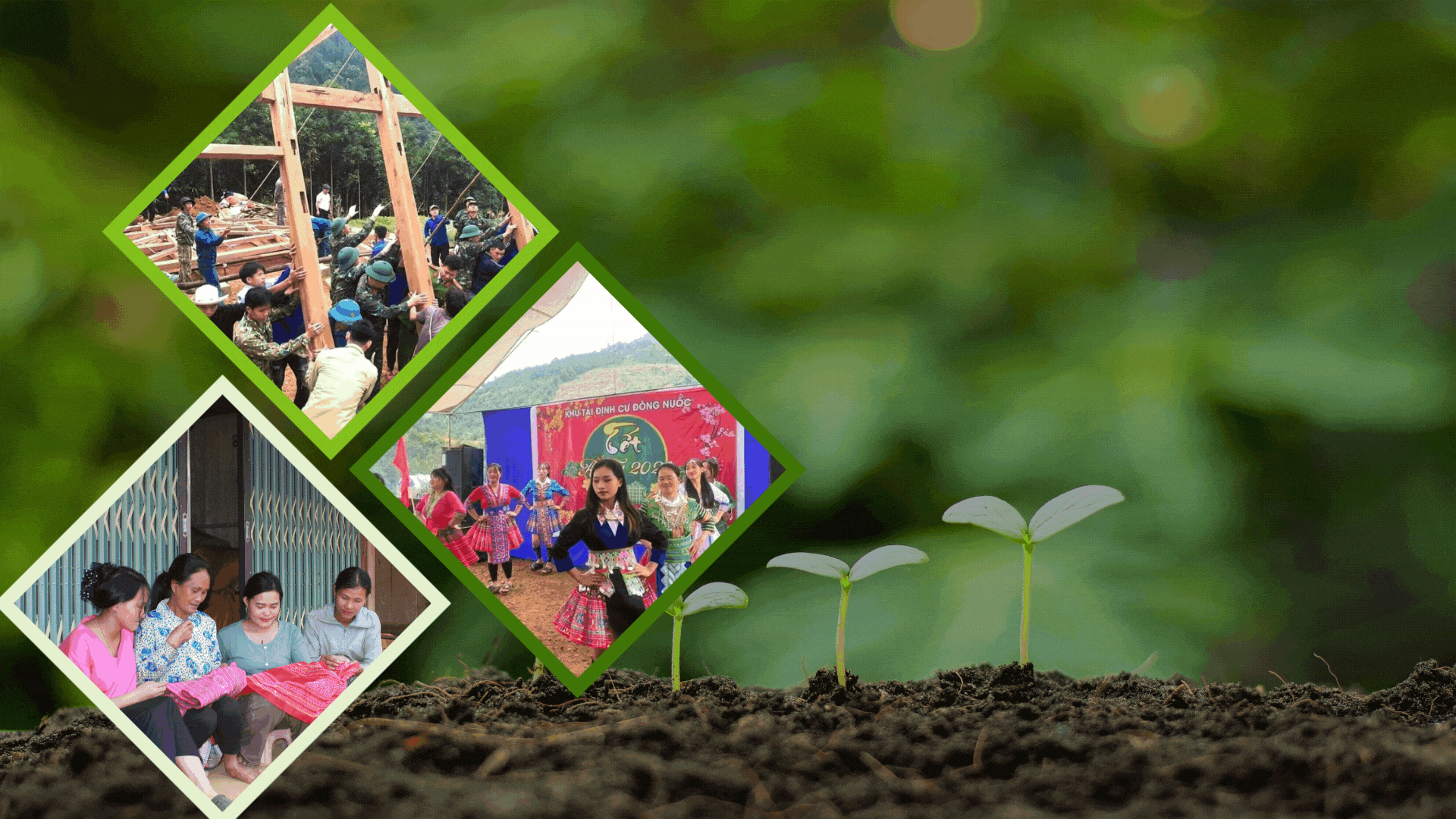














Comment (0)